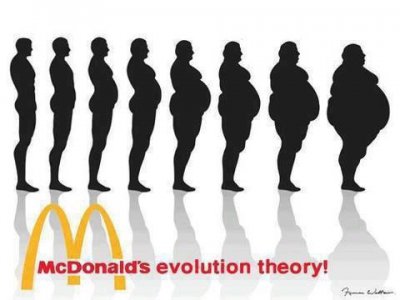We have been here before. There were a series of energy crises between 1967 and 1979 caused by problems in the Middle East but the most significant started in 1973 when Arab oil producers imposed an embargo.
The decision to boycott America and punish the west in response for supporting Israel in the Yom Kippur war against Egypt, led the price of crude to rise from $3 per barrel to $12 by 1974. The price at the pump quadrupled, making all transport more expensive. There was even talk in Britain of rationing using coupons left over from the second world war.
The government, led by Prime Minister, Ted Heath, was already struggling to cope with high food prices caused by global shortages. This fed into an inflation rate which, under Harold Wilson's government, hit more than 24% (by comparison, inflation in January 2022 was at 5%, more than double
the Bank of England's current target of a 2% inflation rate).
A crisis like the current one can act as a catalyst, providing Putin doesn't press the button.
The contribution made by renewable energy to UK power generation has more than doubled since 2014.
Renewable energy, (mainly wind, solar, biomass, hydro) accounted for 43% of the UK's 312 TWh of domestic power generation in 2020.
S&P Global Platts Analytics forecasts renewable energy plus nuclear will account for 56% of UK power demand in 2026, with wind output set to double from current levels to 131 TWh/year.
Another spin off from the rising cost of fuel is the nation's fitness levels will rise and obesity will fall.

Believe that and you must still believe in the tooth fairy.


